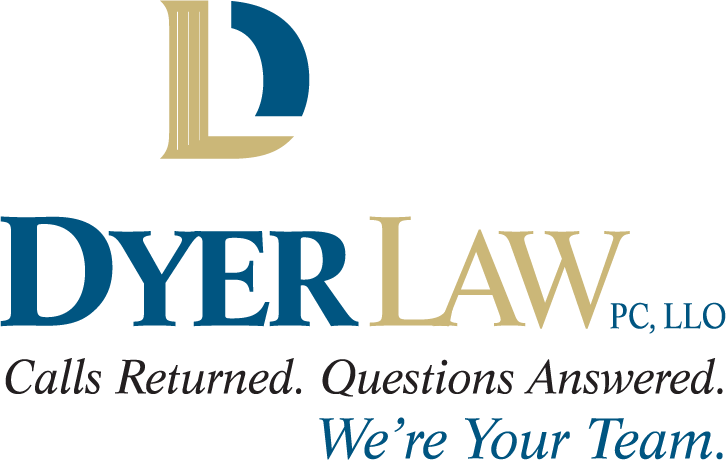Crafting a complete and constructive demand letter is arguably the most crucial step in obtaining full compensation for your personal injury claim. Your demand letter itemizes your recoverable, injury-related damages and provides evidence to support your claim for an insurance company. Writing a demand letter that’s comprehensive is challenging, so we’ve summarized what you need to know to put together your own—with or without an attorney’s assistance.
What Is a Demand Letter?
Demand letters describe all injury-related costs that a personal injury claimant is seeking reimbursement for. Your letter of demand allows you, the plaintiff, to define your terms for case settlement, including the specific compensation you seek to recover. This document serves as a lead-in for negotiations with the defendant.
But what does a demand letter look like? Every demand letter is different, and there is often extensive variation between demand notices created by individuals, attorneys, and specific law firms. At Dyer Law, our team crafts an all-encompassing “demand package” from your relevant medical records, bills, and other personal injury evidence to ensure you receive the maximum compensation for your personal injury claim.
What Should a Letter of Demand Include?
A complete demand letter should include all injury-related economic damages and non-economic damages. Any bills associated with your personal injury—including medical/pharmaceutical bills and mileage to and from appointments—should be calculated as economic damages. Economic damages can also include lost wages, loss of earnings, future medical treatment, reasonable cost of repair/replacement of a vehicle, or loss of property use when appropriate.
When drafting a letter of demand, the amount submitted for medical bills should be the service billed at the private party rate, not the amount after discounts (payments/adjustments) have been applied. To follow a common demand letter format, each bill and reasonably estimated value should be tabulated into a “specials” sheet to support your claim of economic loss and facilitate reimbursement.
Non-economic damages can be incorporated into your personal injury demand letter as well, though these do not have itemized bills associated with them. Examples of non-economic damages include physical pain, mental suffering/emotional distress, loss of enjoyment of life, inconvenience, and injury to reputation. It is challenging to assign monetary values to non-economic damages, so it is best to consult an experienced personal injury attorney if you would like to include such damages in your demand.
When Should a Demand Letter Be Sent?
In most cases, you or your personal injury lawyer should only send a letter of demand after all injury-related medical treatment, property repairs, bills, and all other relevant records are complete and in your possession. This part of the personal injury claims process can be lengthy depending on the number of providers who billed you for injury-related services or repairs. The last thing you want to do is submit a personal injury demand and receive related bills in the mail a month later. It’s best to have all billing evidence ready to present alongside your itemized demand to minimize the defendant’s ability to question your recoverable damages.
What Happens After a Demand Letter Is Sent?
Ultimately, demands are created and submitted to prompt settlement discussions in personal injury cases. After sending a demand letter, you and/or your representatives will attempt to negotiate with the defendant, their representatives, and/or their insurance provider(s) to reach an agreeable pre-suit compromise for your personal injury claim. When a lawyer sends a demand letter, countless personal injury cases are then resolved through settlement, but if you and the other party are unable to compromise, the dispute may require court proceedings to resolve the claim.
Can You File a Demand Letter Without a Lawyer?
You have the right to represent yourself throughout your personal injury claim, including during the demand process. However, the benefits of consulting and utilizing an experienced personal injury attorney are innumerable. Your legal team can navigate the demand process for you—contacting your medical providers, collecting and compiling related bills, putting together an exhaustive demand package, and negotiating with opposing counsel, if assigned—so you can focus on the more important things in life, like recovering from your injury.
We recommend consulting an experienced personal injury claim lawyer to discuss your case and compile the most thorough demand package possible. To learn more about Dyer Law’s approach to personal injury law or how to write a demand letter, visit https://dyer.law/practice-areas/personal-injury/ or call (402) 393-7529 for your free consultation.

